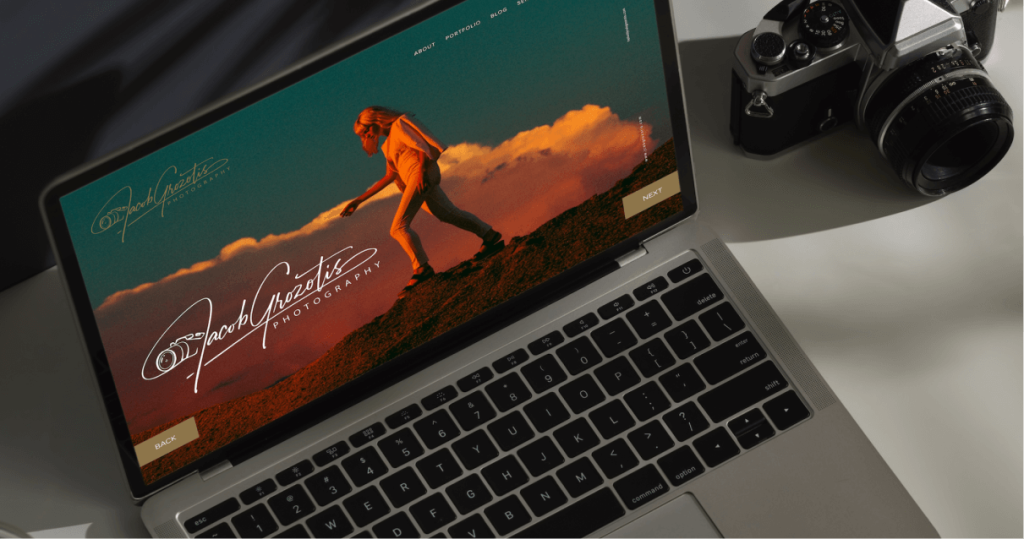Alright, so you’re probably wondering, “Why storytelling?”
Humans are known to be natural storytellers. We would find it boring to read a report for 3 hours, but have no problem watching a great movie for the same amount of time. That’s because storytelling is a part of us — and if you want to be a great photographer, you’ll need to know how to harness the power of telling a good story through your photos.
Getting Your Signature Logo:
Hiring a calligrapher: once a pricey option (think $500+), can now be yours for just $39! Get yours crafted by a pro calligrapher in 2-3 days. Below are some examples from our studio. Click here to get your unique Signature Logo.
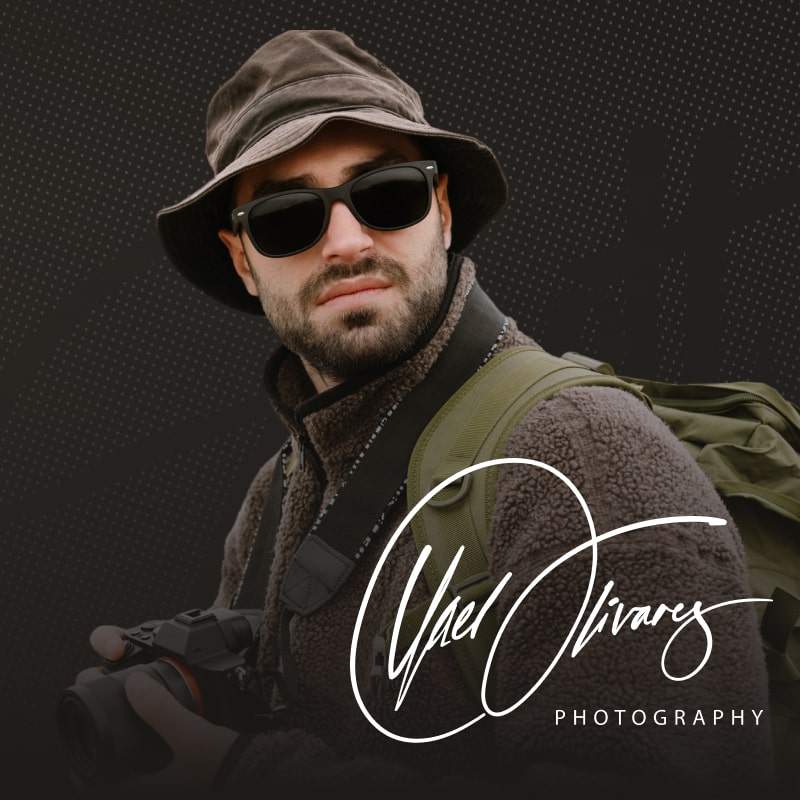
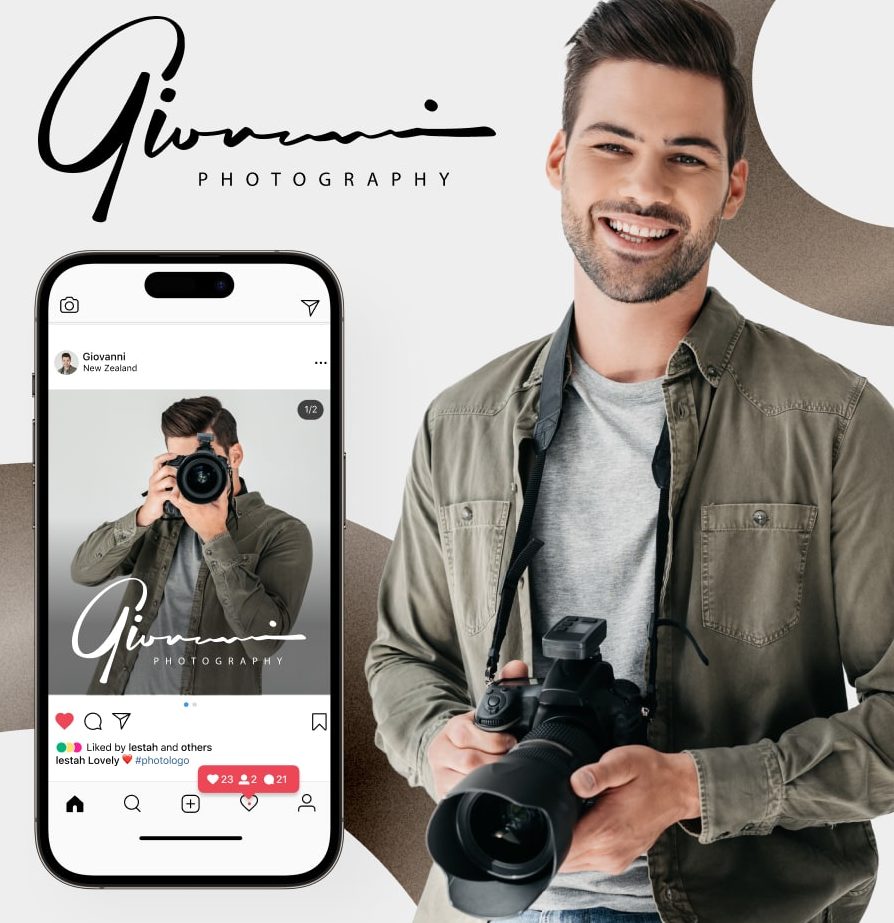
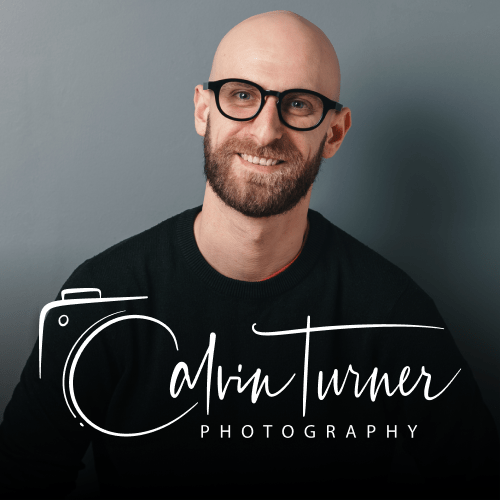
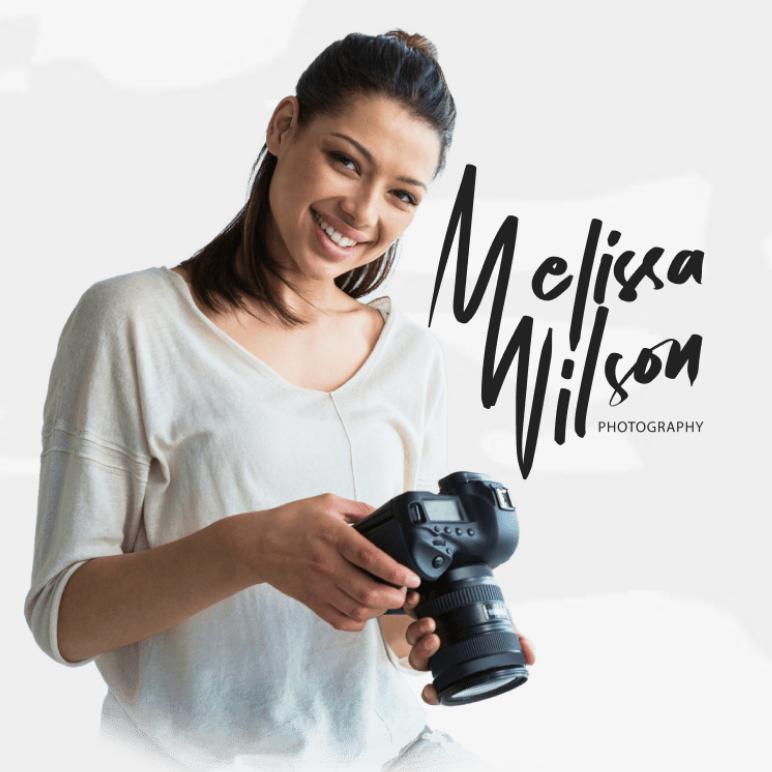
It starts with knowing your clients’ stories
The combination of photography and storytelling works like magic. With this mighty combo, you will be able to take more captivating pictures, become a better photographer, and give your clients an experience they will remember forever.
You benefit immensely because storytelling enables you and your clients to work on a more emotional level, thus creating a bond. Through the power of storytelling, your clients tend to trust you more and remember you better.
It starts with knowing your clients’ stories. Because if you know what they want, you won’t waste time randomly taking many pictures. Instead, you’ll know exactly what to focus on. This makes the execution smoother and easier for both you and your clients.
The power of a mood board
That first meeting gives you a chance to differentiate yourself from other photographers by making it an experience for them. Use a mood board to enhance your clients’ stories. A mood board is a visual way to present a storyline or a to give a feeling it can be a collage of images, text, objects. It is generally used to convey an idea about a particular story.
The mood board completes the overall theme of the shoot, in order to have an idea of the following:
- The style
- The look
- The theme
- The tone
- The type of shots
Incorporate their stories in your creative process
It’s now time to incorporate your clients’ stories in your process. Get the shots that you have in mind by setting the scene to tell their story effectively.
Here’s a simple yet effective storytelling formula to guide you as you set up your process:
(1) Set the scene (wide)
(2) Present the story (medium)
(3) Show the details (tight)
(4) Enrich via B-Roll (observe)
While doing your shoots, slow down and follow this flow to achieve a better storytelling outcome. It helps you capture and create more pieces like a 3-piece artwork.
Credits: Nicholas Fols
Capture Photos with Cohesion
A good story must always be complete and cohesive. It doesn’t matter if you’re doing a wall-art piece or an album spread, the photographs should be consistent with one another.
Yes, there is that temptation to shoot pictures in as many settings as possible. However, the problem with this is that you lose cohesion. You’re not going to effectively be able to convey their story if there are so many different backgrounds.
Remember:
- Set up the scene and your lighting
- Pose your subjects
- Slow down and walk through the scene
- Think wide, medium and tight
- Remember the details and the scenery
- Visualize the final product
- Shoot your subjects individually and together
Follow this, and you will get a variety of amazing photographs in just one scene. Again, don’t rush.
FACT: Storytelling also helps you sell more photos
Ok, we know you are a pro and that you care about your personal brand, that’s why you already sign your art with Photologo. However it’s important to underline that a solid photography brand is absolutely enriched by a good storytelling. This combination makes a huge difference. Not only does it help generate more sales for you as a professional photographer, but it helps create a better relationship between you and your clients.
Here’s how:
Imagine making different pieces that don’t have a story, so let’s say you end up making three individual pieces. If you would offer three individual pieces versus a 3-piece spread to your client, what would be the most significant difference?
In your offer of 3 individual pieces, the client can buy just one part when there’s no story. Whereas when you have your 3-piece spread, the client will be motivated to buy all three pieces since they show a story together. So, with storytelling, you can actually sell more.
The power you hold as a photographer
So don’t be afraid to incorporate storytelling elements into your photography. Afterall, we are all natural storytellers — and through your photos, you share more beautiful stories with the world. Through your images and your signature logo, you hold the ability to inspire, ignite, and influence.
Getting Your Signature Logo:
Hiring a calligrapher: once a pricey option (think $500+), can now be yours for just $39! Get yours crafted by a pro calligrapher in 2-3 days. Below are some examples from our studio. Click here to get your unique Signature Logo.









